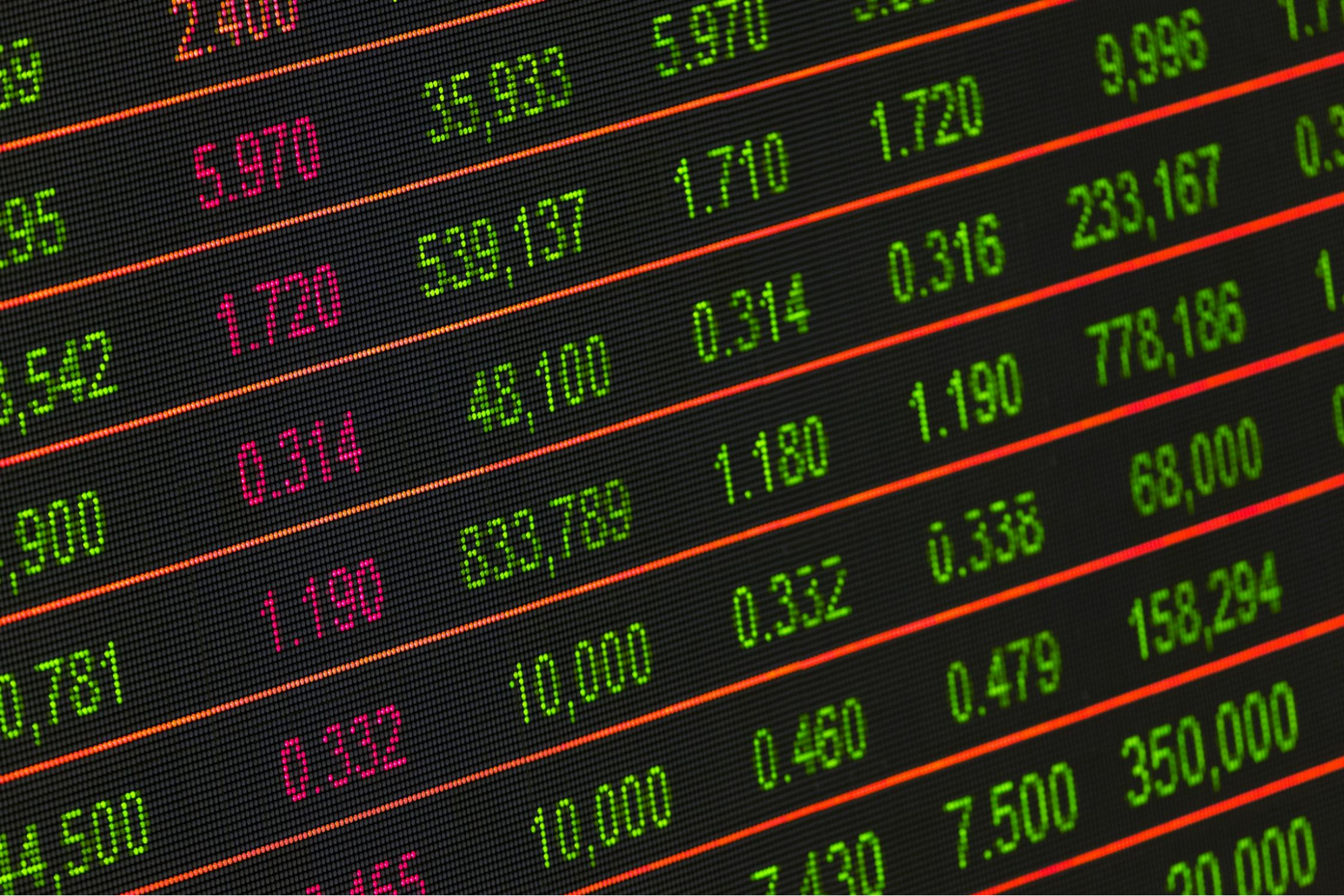
When you’re trading stocks, there’s a lot happening behind the scenes—more than just buyers and sellers exchanging shares. Market makers play a central role in keeping the system flowing, especially in less liquid markets like penny stocks and micro-caps. But along with their important job comes a fair amount of speculation. Some traders believe market makers leave subtle “signals”—tiny clues about what might happen next. Others say it’s just conspiracy talk.
So what’s the truth? Let’s break it down.
Key Takeaways
- Market makers help ensure buyers and sellers can execute trades smoothly.
- Some traders believe in market maker signals—but evidence is thin.
- Watch for signs like repeated share blocks, fake orders, or one maker controlling volume.
- Price manipulation is possible in thinly traded markets.
- Focus on your strategy, not rumors, to stay profitable.
What Is a Market Maker?
A market maker is typically a large institution, brokerage, or financial firm that provides liquidity by being ready to buy or sell shares at publicly quoted prices. Without them, it would be harder for individual traders to enter or exit positions efficiently.
Think of them as the middlemen who quote both a bid, or the price they’re willing to pay, and an ask, or the price they’re willing to sell for. They make their profit from the difference between those prices, called the spread, while keeping the market flowing smoothly.
In large-cap, high-volume stocks, the role of market makers is often hidden in plain sight. But in over-the-counter or thinly traded markets, their influence becomes much more obvious and can sometimes raise eyebrows.
What Are Market Maker Signals?
The term “market maker signals” refers to the theory that market makers use specific trade sizes or patterns to communicate with each other. The idea is that these signals can hint at things like upcoming price moves or large hidden orders.
Some traders believe a 100-share trade signals a buy, while 300 suggests pressure to drive the price down and 500 implies a push upward; it’s a theory built on observation, not evidence. These signals are seen as coded messages, though they remain largely speculative in nature.
While the SEC strictly prohibits collusion or hidden communication between market makers and there’s no concrete evidence these signals exist, the belief persists. Many retail traders still rely on these supposed indicators as part of their strategies.
Market maker signals are mostly speculative and lack solid proof, but the influence market makers have on price movements in thinly traded markets is very real. While the folklore may be exaggerated, the impact of their strategies isn’t something to ignore.

Real Market Maker Behavior You Can Watch
Let’s move past the conspiracy theories and focus on what’s actually visible in the market. Even without hidden codes, market makers have real tools that impact price and liquidity, especially in stocks with low trading volume.
Controlling the Market
Sometimes, one market maker handles most of the activity in a stock, appearing repeatedly on both the bid and ask sides of the trade. This often means they’re working to quietly fill a large order while keeping the price stable.
To do that, they might keep the price pinned within a tight range all day, holding it steady while slowly buying or selling without drawing attention. Then, once their goal is met, the price might suddenly move.
While this behavior might raise suspicion at first, it’s a routine part of how market makers fill large orders without disrupting prices. Still, observant traders should recognize these patterns and factor them into their decisions.
Faking Order Size
Another tactic is placing a small order that hides a bigger intention. Say a market maker wants to sell 100,000 shares. They might only show 10,000 at a time to keep the price from dropping too quickly.
Releasing the order in smaller increments helps keep the buying interest steady, which can maintain price levels and avoid panic reactions. This approach allows market makers to offload large volumes without drawing unwanted attention or tanking the price.
Placing Then Canceling Big Orders
Sometimes, market makers place a large buy or sell order with no intention of executing it, instead using it to sway price direction in their favor. These visible yet often deceptive moves can temporarily shift momentum just enough to complete a real, smaller trade under better conditions. For example, a giant buy order might push the price up temporarily. Then, they cancel it after filling a smaller real order.
This tactic is legal in some cases, such as spoofing, but still draws scrutiny from regulators. In thinly traded stocks, it can continue to influence price behavior in ways that leave retail traders puzzled by sudden shifts.
The Smart Way to Respond
Here’s the thing: even if market makers are playing games, you don’t have to get caught up in it. Your job as a trader is to spot setups, manage risk, and stick to your plan.
Weird price behavior does pop up from time to time, but chasing those patterns or obsessing over supposed signals won’t lead to reliable profits. A better use of your energy is focusing on tools that help you grow, like using a trading journal to evaluate your decisions, refine your strategy, and stay focused on what you can actually control.
If you’re serious about improving your trading, it helps to understand patterns like the best days to trade and how to identify the right stock that aligns with your approach. These details give your strategy more structure and clarity, which ultimately improves your edge.

Are Market Maker Signals Real?
In theory, the answer leans toward yes, but in actual market conditions, it rarely plays out in the way many retail traders assume. While the idea of coded signals sounds compelling, the lack of consistent proof makes it more fiction than fact.
Coded trade sizes may sound intriguing, but they remain speculative with no solid proof. What’s far more useful is watching how real order tactics affect price movements in plain sight.
To learn about the mechanics behind these moves, check out this breakdown of the market maker role, or dive deeper into research on market makers in academic literature. You can also read how the stock trading world adapts to these hidden influences.
Want to Trade Smarter?
If you’re tired of navigating the markets solo or second-guessing bad advice, Sniper Trades offers a smarter way forward. We built a community of traders focused on facts, not hype. Our members get access to tools, live breakdowns, and expert support.
Try our premium membership free for 7 days. No pressure. Just a better way to trade.
Staying aware of market maker behavior gives you an extra edge, but it shouldn’t pull you away from building a solid foundation. Focus on a repeatable process, trust your data, and keep your strategy grounded in discipline. That’s the real path to profitable trading, not chasing hidden signals.

